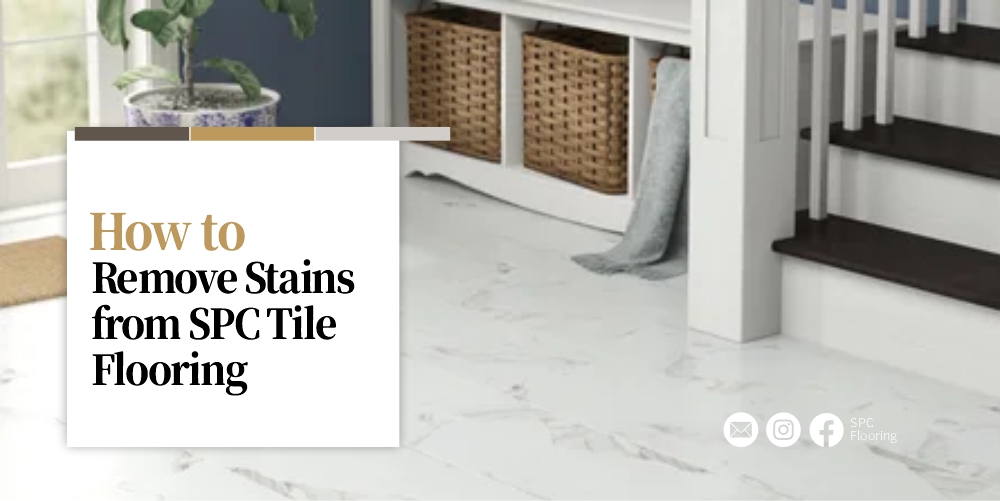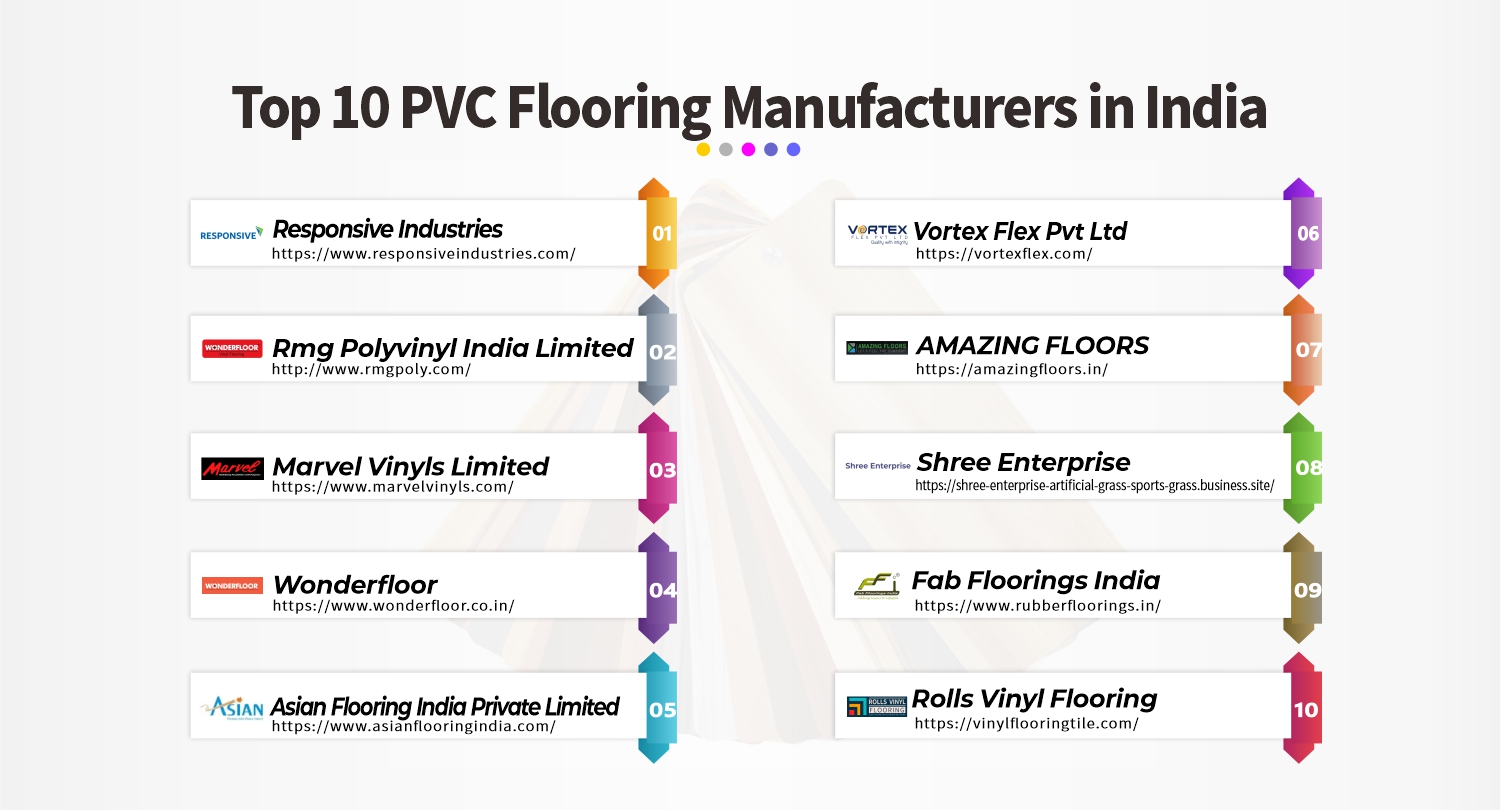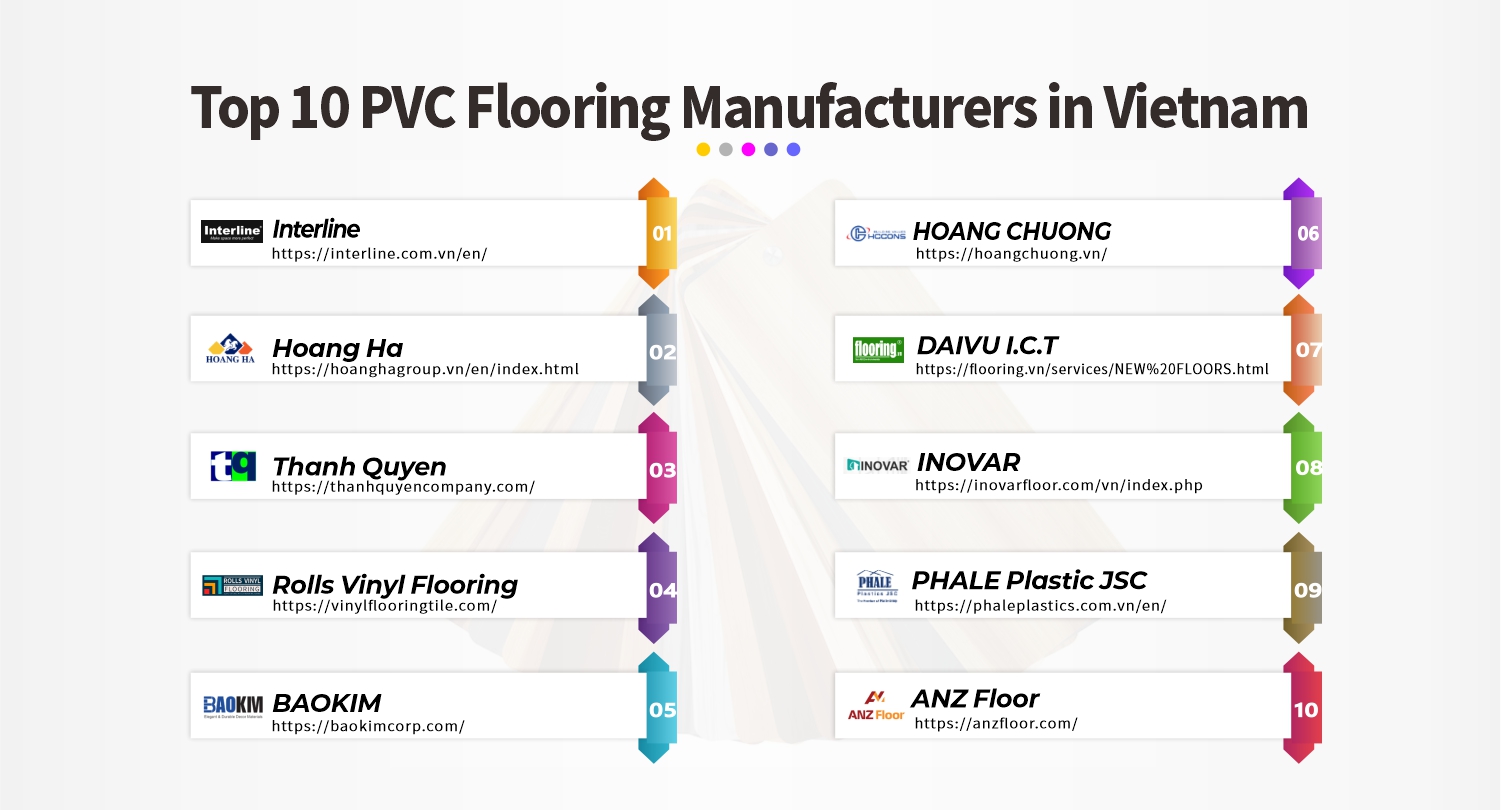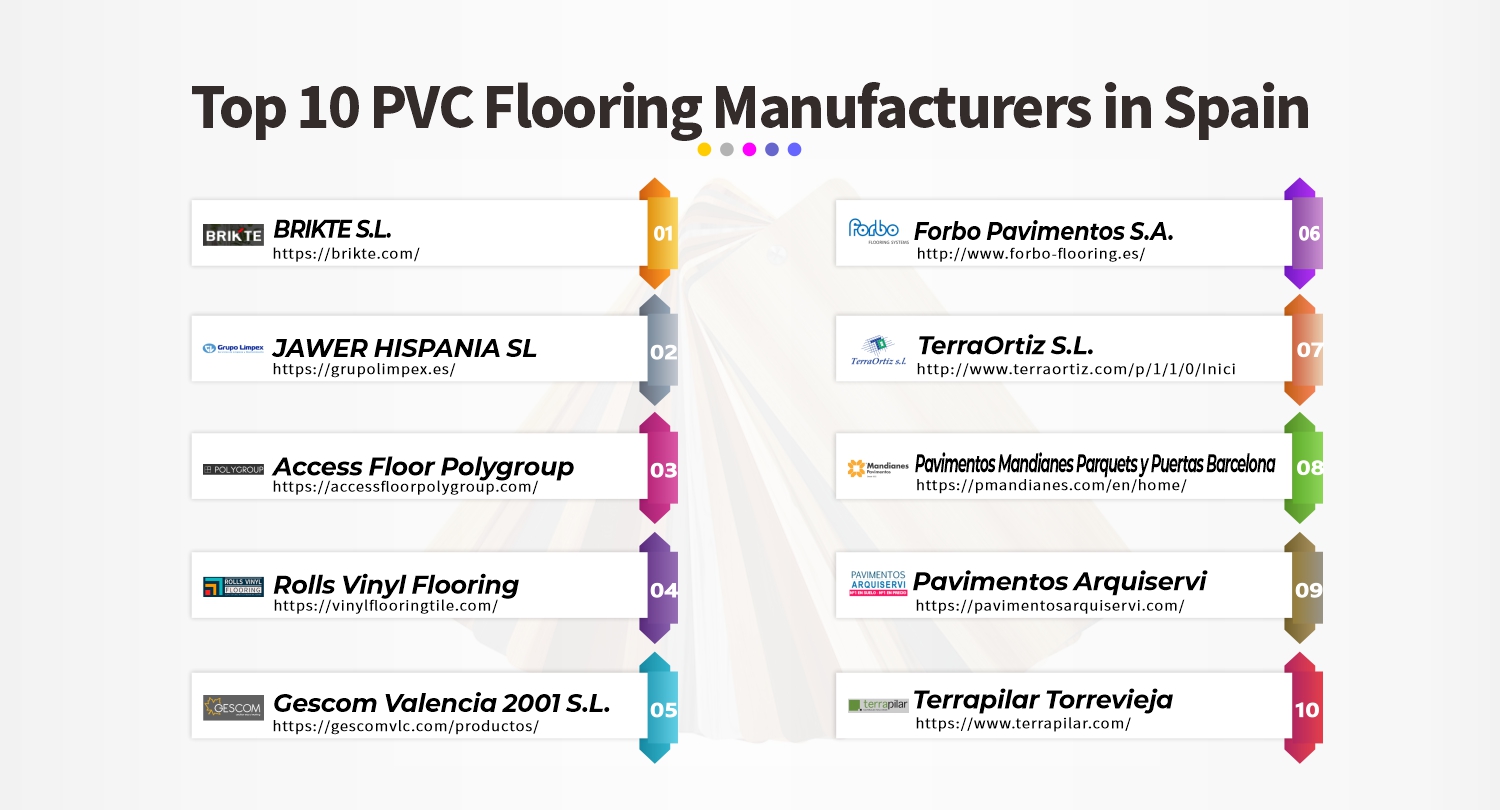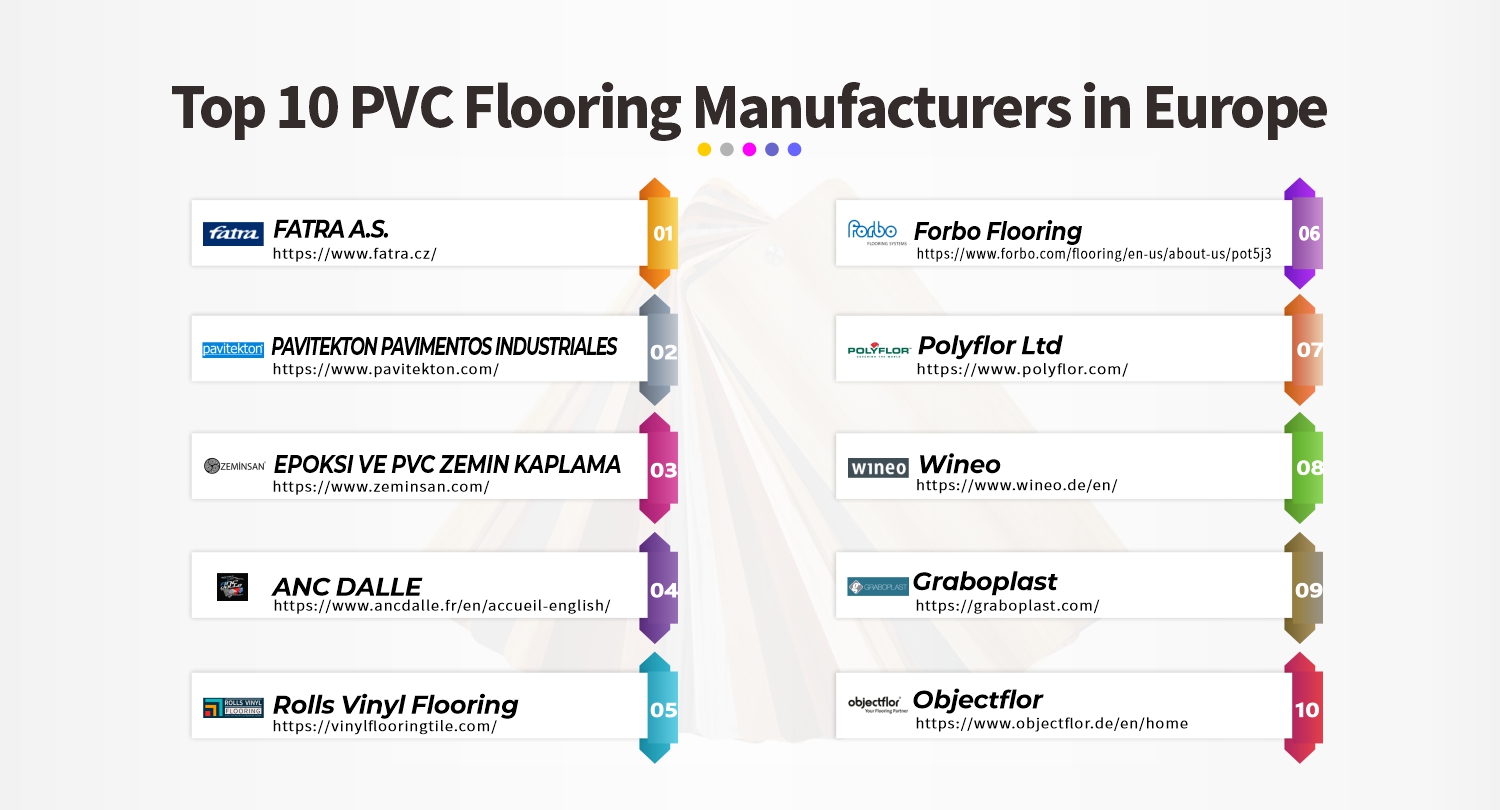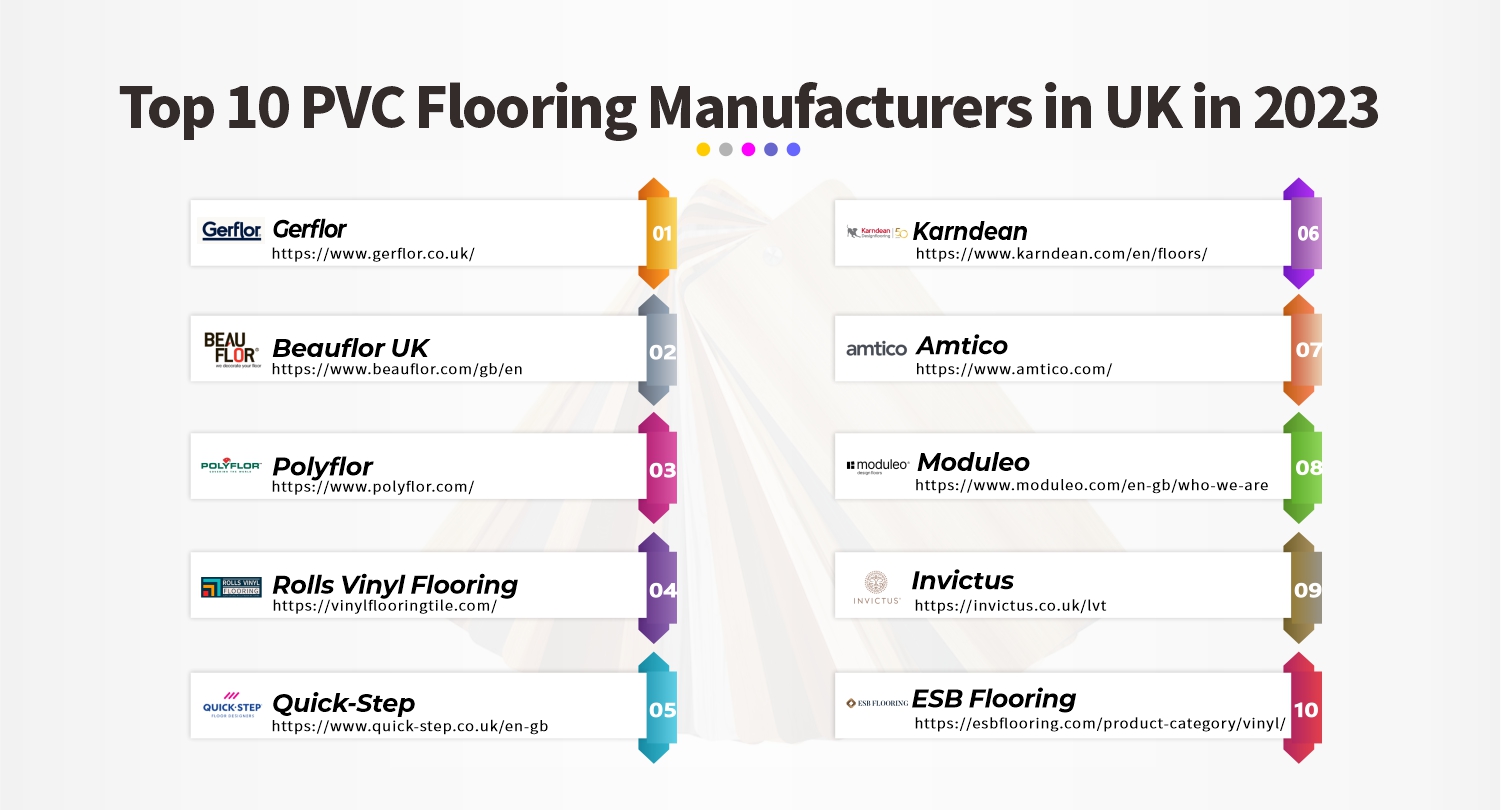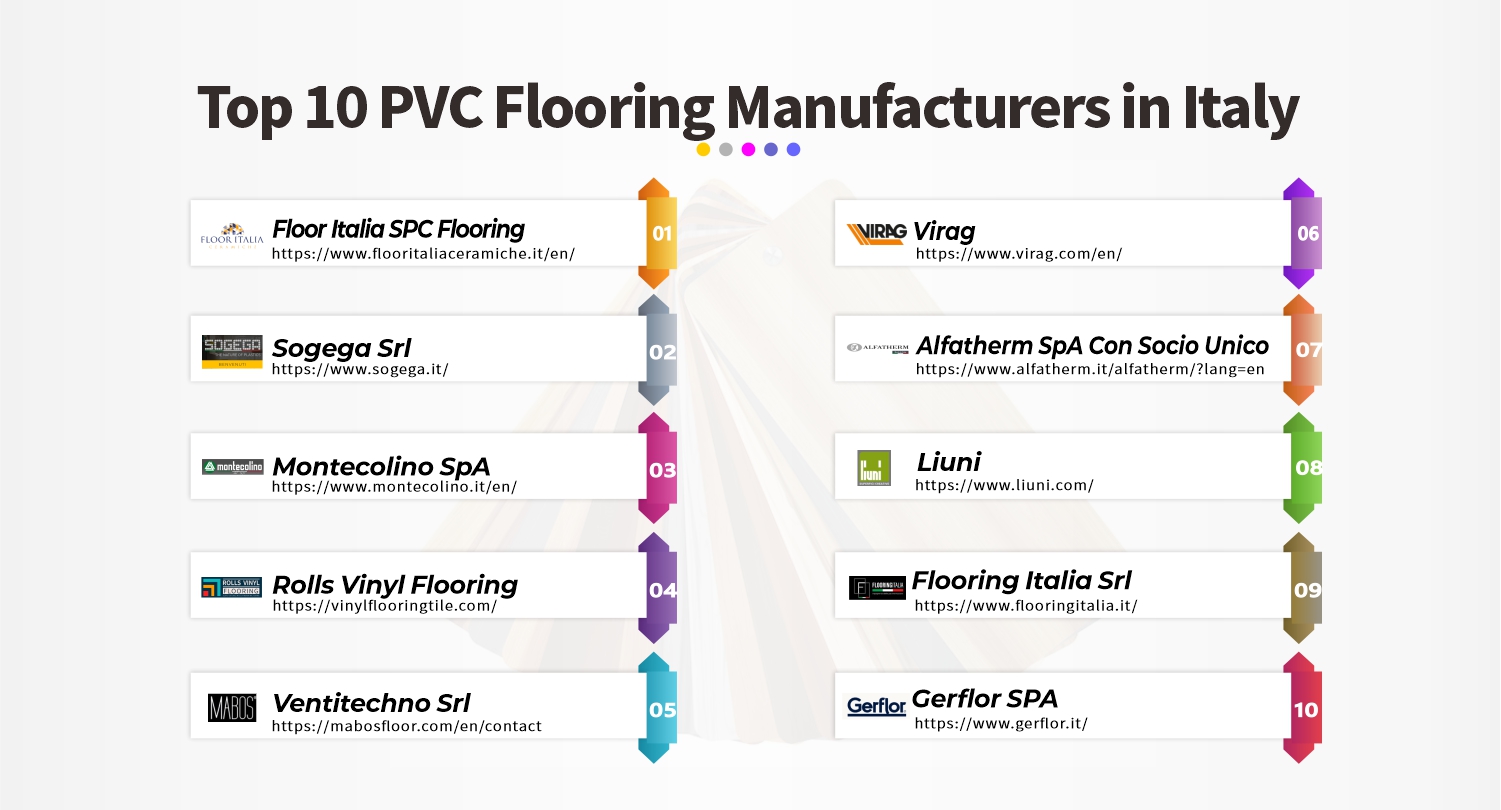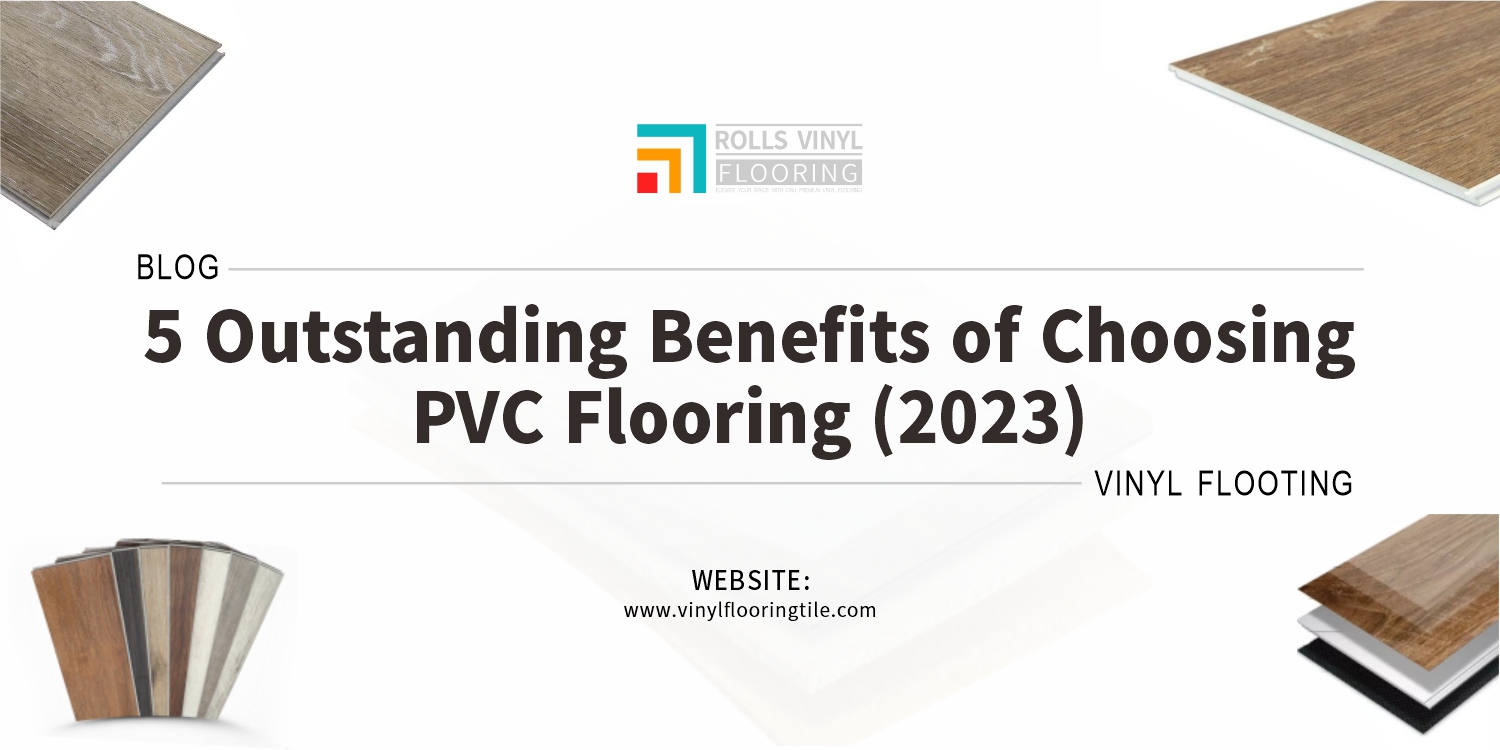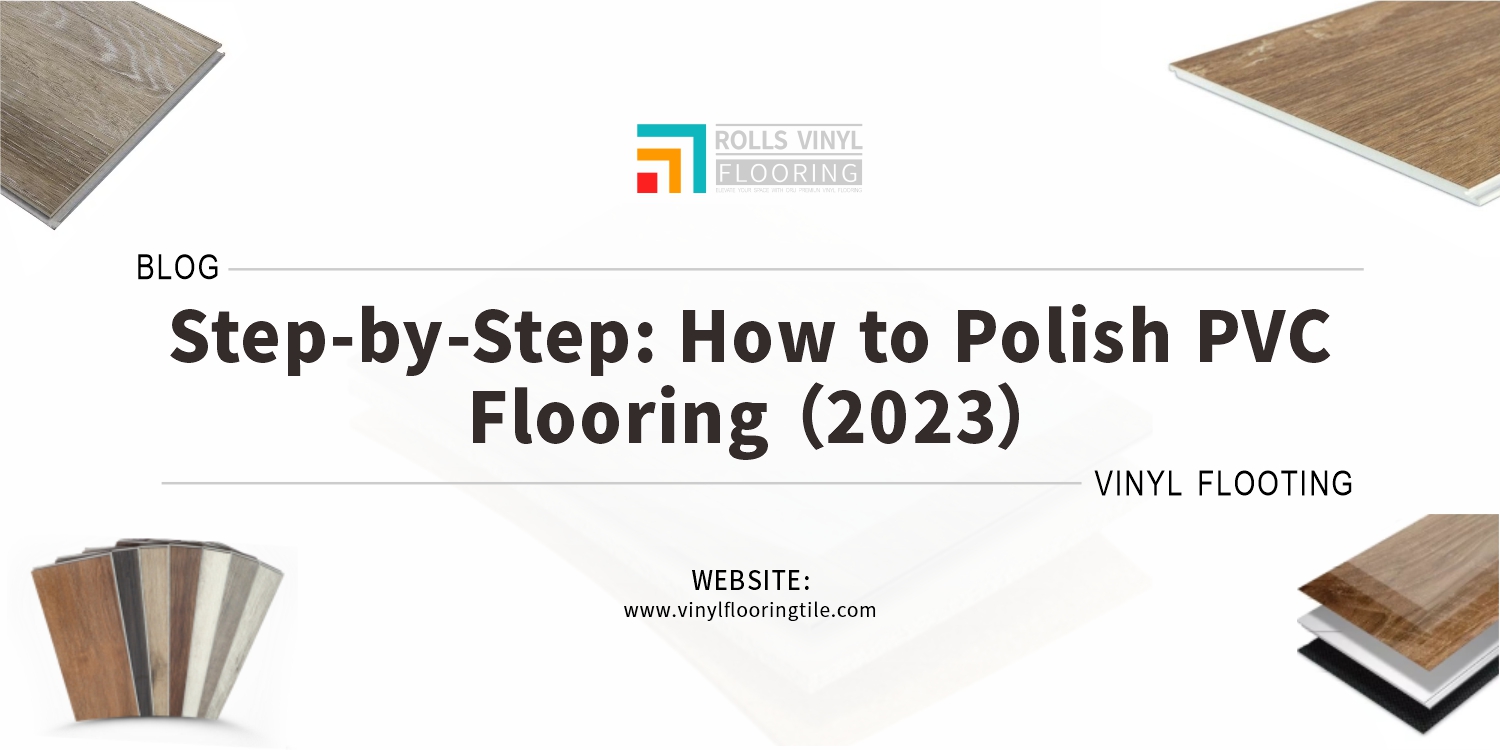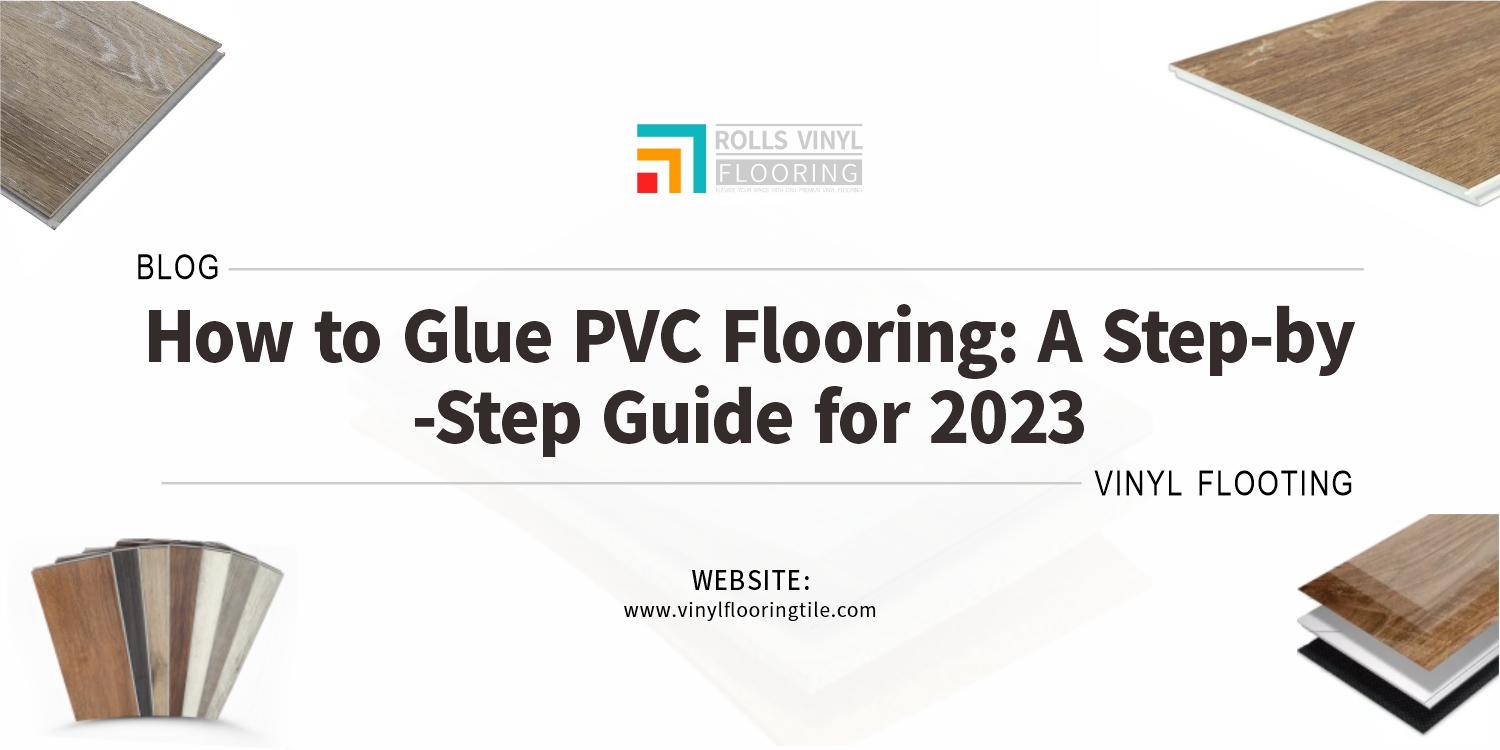Are you tired of staring at those pesky stains on your SPC tile flooring? Fear not, because we’ve got just the solution for you! With a few simple steps and some basic cleaning supplies, you can easily remove even the most stubborn stains from your floors. Whether it’s spilled coffee, red wine, or pet messes, our guide will have your floors looking spotless and brand new in no time. So put on your favorite tunes, grab your cleaning supplies, and let’s get started on making your floors shine!
Here are the steps to remove stains from SPC tile flooring:
- Blot up any excess spill with a clean cloth or paper towel as soon as possible.
- Mix a solution of warm water and mild detergent.
- Dip a soft-bristled brush or sponge into the cleaning solution and gently scrub the stained area.
- Rinse the area thoroughly with clean water.
- If the stain persists, try using a specialized cleaner designed for SPC tile flooring.
- Apply the cleaner according to the manufacturer’s instructions, and rinse the area thoroughly with clean water.
- Dry the area completely with a clean towel or cloth.
In our comprehensive guide, we’ll cover everything you need to know to tackle even the toughest of spills. From prepping your floors to choosing the right cleaning solution, we’ve got you covered. Plus, we’ll share some insider tips and tricks to make the process even easier – and more fun! So, if you’re ready to say goodbye to unsightly stains and hello to beautiful, clean floors, keep reading!
What is SPC tile flooring?

SPC (Stone Plastic Composite) tile flooring is a type of rigid core vinyl flooring that is made up of limestone powder, PVC, and stabilizers. It is highly durable, waterproof, and resistant to scratches and stains, making it an ideal choice for high-traffic areas such as kitchens and bathrooms. The rigid construction of SPC tile flooring also makes it more stable than traditional vinyl flooring, preventing it from expanding or contracting with changes in temperature and humidity. Additionally, SPC tile flooring comes in a wide range of colors and styles, allowing homeowners to achieve the look of hardwood or stone flooring without the high cost and maintenance requirements.
SPC tile flooring benefits
- Waterproof and highly durable
- Resistant to scratches and stains
- Ideal for high-traffic areas such as kitchens and bathrooms
- More stable than traditional vinyl flooring
- Wide range of colors and styles available
- Achieves the look of hardwood or stone flooring without the high cost and maintenance requirements.
How can stains ruin the appearance of SPC tile flooring?
While SPC tile flooring is highly durable and resistant to scratches and stains, it is not completely impervious to the effects of spills and stains. When left untreated, stains can seep into the porous surface of the flooring and become embedded in the material, leading to discoloration and an unsightly appearance. This is especially true for spills that are acidic or contain dyes, such as red wine or coffee, which can be particularly stubborn to remove. Over time, repeated exposure to stains can also diminish the overall appearance of the flooring and make it look dull and unattractive.
Common Stains on SPC Tile Flooring
- Food and drink stains (coffee, wine, berries, etc.)
- Grease and oil stains
- Ink and dye stains
- Pet stains (urine, feces, vomit)
- Rust stains
- Scuff marks and shoe prints
- Dirt and grime buildup

How do different stains require different removal methods?
Different types of stains on SPC tile require different removal methods because the underlying cause and composition of the stain can vary widely. For instance, food and drink stains may be acidic or contain dyes that require a specific cleaning solution to neutralize the acid or lift the dye out of the tile. Grease and oil stains, on the other hand, require a degreasing agent to break down the oils and remove the stain. Pet stains can be particularly tricky to remove due to their strong odor and the potential for bacteria growth, which may require a specialized enzymatic cleaner to effectively eliminate the stain and odor. In addition, some stains may have been left untreated for an extended period, making them more difficult to remove and potentially requiring a more aggressive cleaning approach.
Preparing for Stain Removal
Importance of cleaning up spills and stains
Promptly cleaning up spills and stains on SPC tile flooring is important for several reasons. Firstly, leaving spills and stains to sit for an extended period can cause damage to the surface of the tile and make it more difficult to remove the stain later on. Additionally, some spills may contain acidic or corrosive substances that can etch or discolor the tile over time if left untreated. Secondly, spills and stains that are not cleaned up promptly can create a breeding ground for bacteria and mold growth, leading to unpleasant odors, health hazards, and further damage to the flooring. Finally, regular cleaning and maintenance of SPC tile flooring can help prolong its lifespan and ensure that it maintains its original appearance for years to come.
Tools and materials needed for stain removal
To effectively remove stains from SPC tile flooring, you will need a few tools and materials:
- Soft-bristled brush or sponge
- Microfiber cloth or paper towels
- Bucket of warm water
- pH-neutral cleaning solution (such as dish soap or specialized vinyl cleaner)
- Baking soda or vinegar (for tougher stains)
- Enzymatic cleaner (for pet stains)

Methods for Removing Stains
Here are step-by-step instructions for removing some common types of stains from SPC tile flooring:
- Food and drink stains:
- Blot up any excess liquid with a microfiber cloth or paper towel.
- Mix a few drops of pH-neutral dish soap with warm water in a bucket.
- Dip a soft-bristled brush or sponge into the solution and gently scrub the stain.
- Rinse the area with clean water and dry with a microfiber cloth.
- Grease and oil stains:
- Blot up any excess grease or oil with a microfiber cloth or paper towel.
- Mix a degreasing cleaner with warm water according to the manufacturer’s instructions.
- Apply the cleaner to the stain and let it sit for several minutes.
- Scrub the stain with a soft-bristled brush or sponge.
- Rinse the area with clean water and dry with a microfiber cloth.
- Pet stains:
- Blot up any excess liquid with a microfiber cloth or paper towel.
- Apply an enzymatic cleaner to the stain according to the manufacturer’s instructions.
- Allow the cleaner to sit on the stain for at least 10-15 minutes.
- Blot the area with a microfiber cloth or paper towels to remove any remaining liquid.
- Rinse the area with warm water and dry with a microfiber cloth.
- Ink and dye stains:
- Mix equal parts baking soda and water to form a paste.
- Apply the paste to the stain and let it sit for several minutes.
- Gently scrub the stain with a soft-bristled brush or sponge.
- Rinse the area with clean water and dry with a microfiber cloth.
- If the stain persists, try applying vinegar to the stain and let it sit for several minutes before rinsing.
Preventing Future Stains
Clean up spills immediately
As soon as a spill occurs, clean it up quickly using a soft-bristled brush or sponge and a pH-neutral cleaning solution. This will prevent the spill from seeping into the porous surface of the tile and causing a stain.
Use mats and rugs
Place mats or rugs in high-traffic areas, near entrances, and under kitchen and bathroom sinks to help prevent dirt and debris from being tracked onto the flooring. Additionally, use absorbent mats near entryways during rainy or snowy weather to prevent water and mud from being tracked onto the floors.
Avoid wearing shoes indoors
Shoes can track in dirt, gravel, and other debris that can scratch the surface of the tile and cause damage over time. Encourage family members and guests to remove their shoes when entering your home to help keep your flooring looking new.
Use furniture pads
Furniture legs and feet can scratch the surface of SPC tile flooring over time. Placing felt or rubber pads on the bottom of furniture legs can help prevent scratching and damage.
Regularly sweep and mop
Regular sweeping and mopping will help prevent dirt and grime buildup on the surface of the tile, reducing the likelihood of stains and discoloration. Be sure to use a pH-neutral cleaning solution and avoid using abrasive cleaners or tools that could damage the flooring.

In conclusion, SPC tile flooring is a highly durable and attractive option for homeowners who want the look of hardwood or stone flooring without the high cost and maintenance requirements.By following the step-by-step instructions outlined in this guide and utilizing the proper tools and cleaning solutions, you can effectively remove even the toughest stains from your flooring and restore its original beauty.With these tips and tricks in mind, you can confidently maintain your beautiful home and enjoy your clean and sparkling floors.

